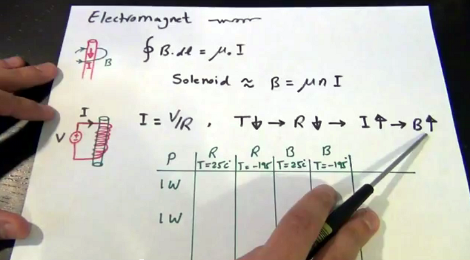
[Shahriar Shahramian] is playing with some liquid nitrogen in order to see how various components react to extremely low temperatures. After the break you will find forty-one minutes of video in which he conducts and explains each experiment. This does have practical applications. If you’re designing hardware for use in space you definitely need to know how the hardware will be affected. We’ve actually seen test rigs built for this very purpose.
During the presentation he doesn’t water down the concepts observed, including the equations governing each reaction to temperature change. If you’re in the mood for a little bit lighter faire you should check out some of the liquid nitrogen cooking hacks like this super-cold cocktail pops project.















He has a 4 wire multimeter, why does he only use it in 2 wire mode T_T
Because a set of wires of 1-10 ohm resistance doesn’t matter alot if you’re writing down 9.3k ohm..
4-wire also requires 4-wires, and that’s more troublesome to fit down a tube of liquid nitrogen..
4-wire is only useful is you’re measuring low resistances, like below 100 ohm or something. (also depends what kind of wires and leads you use, and whether they contribute significantly).
I’m *very* surprised to find someone who
1) knows what a 4-wire resistance measurement is
yet
2) is unable to do the completely obvious and trivial reasoning to see why it is not even remotely necessary in this scenario.
Which bit are you struggling with? If it’s an honest question we can help you with the answer. If you’re trying to sound smart, you’re not nearly as smart as you think you are.
As others have mentioned, I was measuring resistances around 10K. The resistance of the wires is insignificant.
This was very awesome! Thanks!
As much as I may not have a use for the information in the video I nevertheless found it extremely interesting, especially the LED bandgap part!
Thanks [Shahriar] for a complete, concise and enjoyable video!
I’m in an electrical engineering course, and somewhere in my first year we actually did roughly these experiments. When you put all the components in a proper insulator, you can even measure quantum-mechanical effects for resistors.
the board says lower the temp, lower the R. but measurements @-195º show the opposite result. so…?